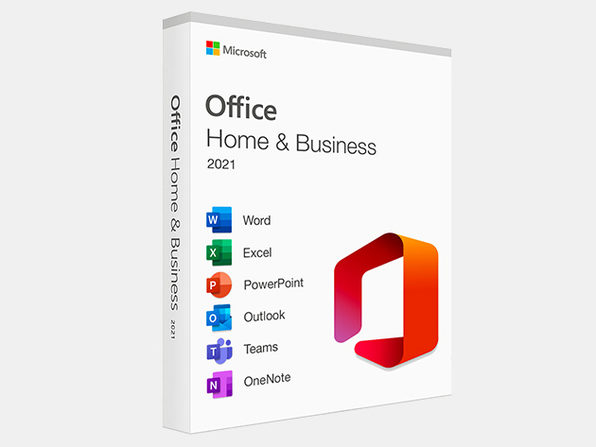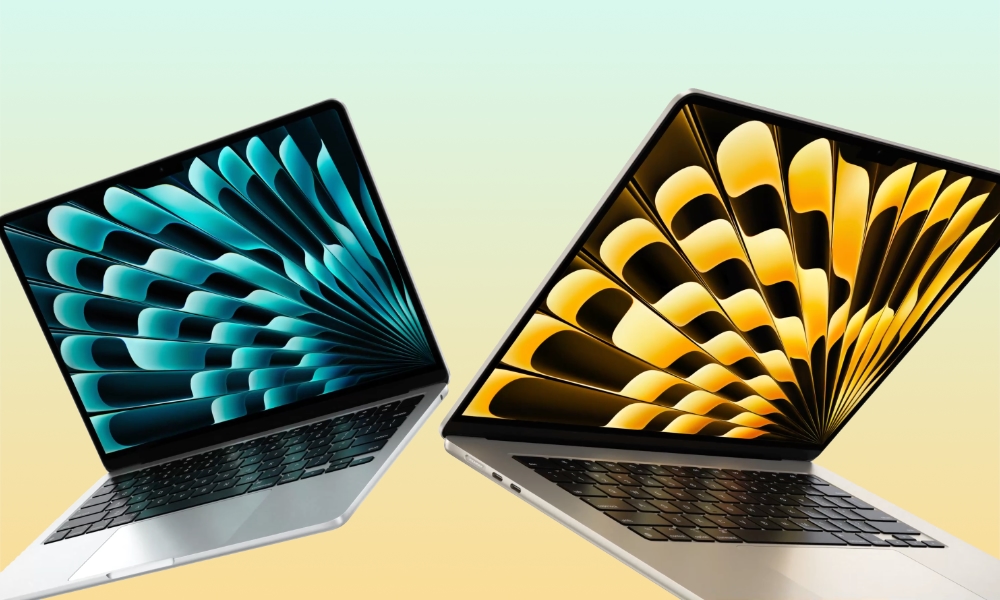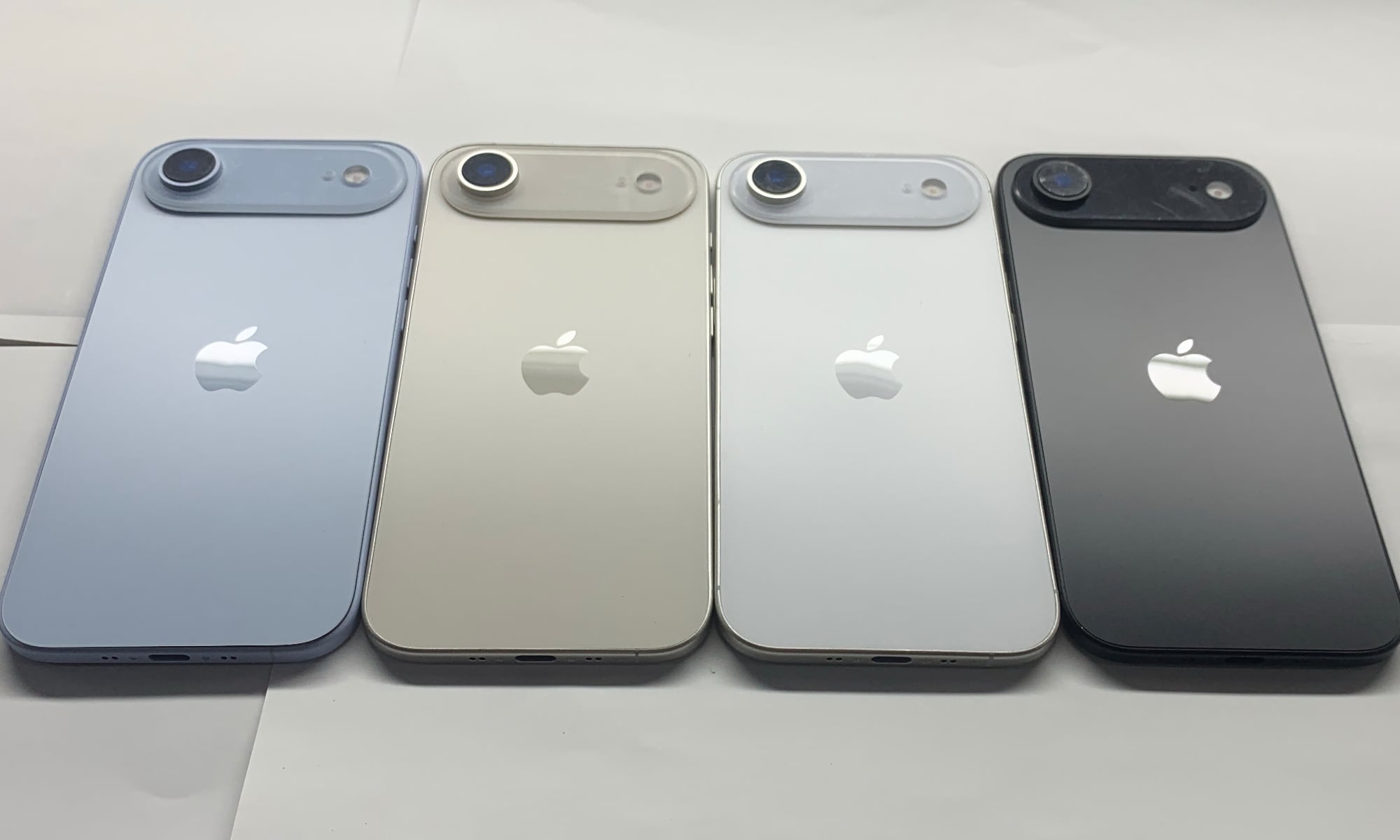Will the ‘iPhone 17 Air’ Be Priced as a Luxury Model?
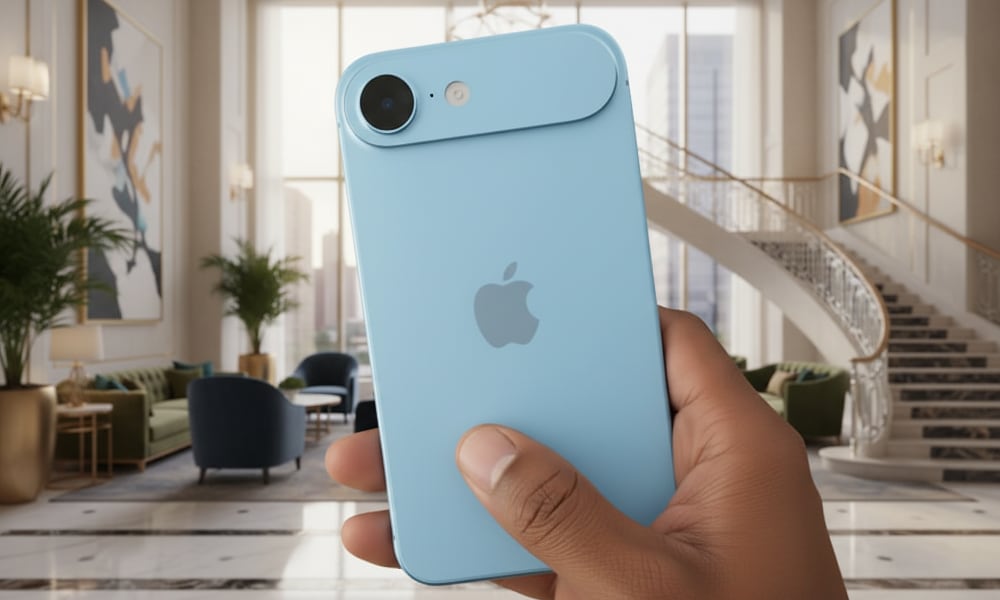
Toggle Dark Mode
When we first began hearing reports last year that Apple had an ultra-slim new iPhone in the works, it was hard to know where it would fit into the product lineup. Originally dubbed the ‘iPhone 17 Slim,” it was clear that it was going to be Apple’s replacement for the poorly-selling iPhone Plus models, but whether it would come in at the same price remained a mystery.
Early reports suggested that Apple planned to make it a Pro-level device, possibly with a higher price tag than the iPhone 17 Pro Max. At the time, $1,299 was being thrown around as a possible starting price, and that was despite the fact that the thin new iPhone was expected from the start to have only a single camera.
Apple’s ‘Air’ Products

That didn’t seem to be entirely implausible, especially when new reports began suggesting the new model would be dubbed the “iPhone Air.” While the “Air” moniker has had different meanings for Apple over the years, it originally debuted with the 2008 MacBook Air, an executive laptop that carried a higher price tag than the MacBook Pro of that era, despite being underpowered.
The selling point of the original MacBook Air was not its performance, but its portability. This was the model that Steve Jobs famously pulled out of a manila envelope on stage at Macworld 2008 to demonstrate what was, at the time, an incredible feat of engineering.
However, by 2011, the MacBook Air had settled down into the lower end of the MacBook family, effectively replacing the standard “MacBook” models. For the next several years, the “Air” designation would signify a combination of both thin and entry-level models. In 2013, Apple followed up the fourth-generation iPad with two iPad Air models that were effectively just fifth- and sixth-generations of the original, albeit lighter and thinner. These were later superseded by a fifth-generation iPad in 2017, with Apple presumably deciding to number its generation solely by name.
It wasn’t until 2019 that Apple reintroduced the iPad Air, but placed it in a middle tier between the standard iPad (by now about to enter its seventh generation) and the more advanced iPad Pro models. Apple called this the third-generation iPad Air, but it was actually the start of a whole new part of the family, and it had more in common with the 2017 iPad Pro than the 2014 iPad Air 2.
This seemingly solidified the use of the word “Air” to mean middle-tier, at least among Apple’s mobile devices. A short-lived 12-inch MacBook took up the ultra-portable mantle, which sort of made the MacBook Air a midrange device for a little while, but the elegance of the 12-inch MacBook made that whole situation a bit more complicated.
The Return of ‘Thinnovation’
Meanwhile, Apple returned to its former obsession with thinness, but this time it had the technology to provide both elegance and performance. The 2024 M4 iPad Pro became the thinnest device Apple has ever made, taking away the crown once worn by the original MacBook Air and effectively moving away from “Air” as a branding for “thin.”
So, where does this leave Apple’s ultra-thin iPhone 17? Well, if the company does indeed go with the name “iPhone 17 Air” (and keep in mind, this is solely a rumor at this point, so Apple could still surprise us), then it could mean just about anything. Yes, this will be the thinnest iPhone ever made — some analysts estimate as slim as 5.5 mm — but there’s also no way it will hold a candle to the iPhone 17 Pro models when it comes to powerful photography features, battery life, or possibly even performance.
The Mystery of the ‘iPhone 17 Air’
By December 2024, more reports had poured in to suggest that the new iPhone wouldn’t be billed as a “luxury” device, but would instead likely fit into roughly the same price point that’s currently occupied by the iPhone 16 Plus. Essentially, these sources claimed that the “iPhone 17 Air” would mostly be a unique take on the standard iPhone 17, with the same core features, including an A19 chip and 120 Hz display (which is expected to come to the entire lineup this year), but featuring a larger 6.6-inch screen and omitting the second camera to keep it as thin as possible.
In other words, after Apple’s smaller iPhone mini and larger iPhone Plus models failed to catch on, Apple would simply be going with a thinner iPhone 17 to see if there’s any more uptake on that idea. Unlike those predecessors, the “iPhone 17 Air” would be for a slightly different audience — those who prioritize portability and an ultra-svelte design over more sophisticated photography features and battery life.
However, another camp suggested that Apple could make the “iPhone 17 Air” a mid-range model, much like the iPad Air. This would primarily mean giving it an A19 Pro chip, like the iPhone 17 Pro models, and possibly some other “Pro” level features, such as a better display. For instance, while 120 Hz is believed to be coming to the iPhone 17 this year, that doesn’t automatically mean it will get an always-on display, as this also requires that it be capable of reaching a much lower refresh rate.
In this scenario, one might expect the “iPhone 17 Air” to carry a higher price tag. It would be a notch above the old Plus models in performance, but it would also lack the more sophisticated cameras of the rest of the family. As a result, nobody really offered much in the way of speculation about how Apple might price an A19 Pro-powered version.
How Much Will This Year’s iPhones Cost?
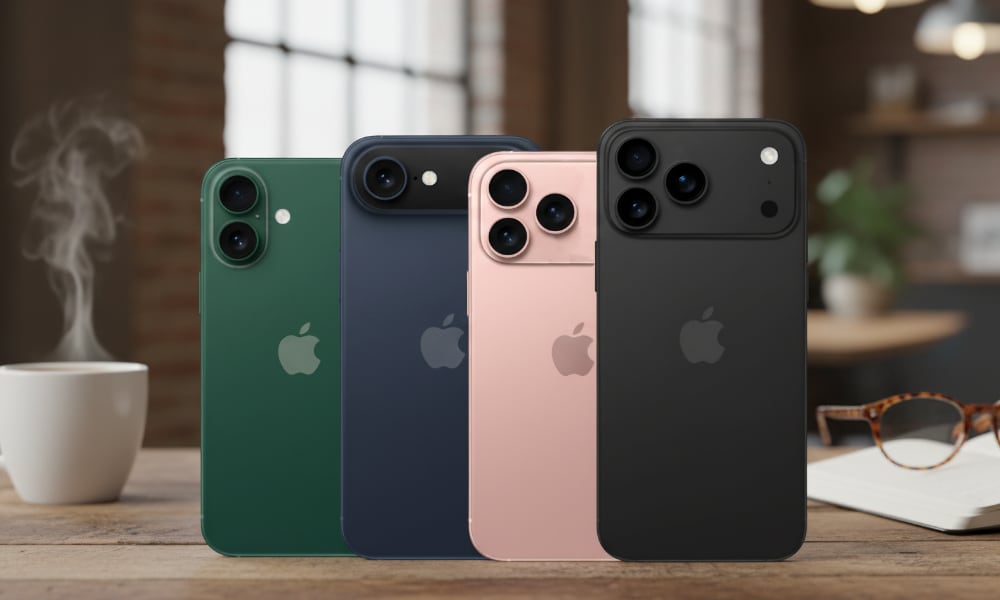
Until now, that is. This week, TrendForce has weighed in with its predictions on how the entire iPhone 17 lineup will be priced, and it’s giving us a flashback to mid-2024 when everyone was expecting Apple to sell its new slim model for a premium.
Specifically, the report believes that the “iPhone 17 Air” will have a base starting price of $1,099 with 256 GB of storage, running up to $1,499 for those who want a 1 TB option (which would be another bump over Apple’s standard models, which currently start at 128GB and max out at 512 GB).
This would still put it below the iPhone 17 Pro, which TrendForce believes will see a price increase to $1,199 for the base model, which will also start at 256 GB. Meanwhile, the iPhone 17 Pro Max will start at a higher $1,299 for the base 256 GB model.
These would represent $100 price increases over the equivalent iPhone 16 Pro models, but would also bump up the cost of entry for an iPhone 17 Pro by $200 due to the elimination of the 128 GB version. Apple did something similar with the iPhone 15 Pro Max in 2023, although it didn’t simultaneously raise prices; a 256 GB iPhone 15 Pro Max was still the same price as a 256 GB iPhone 14 Pro Max.
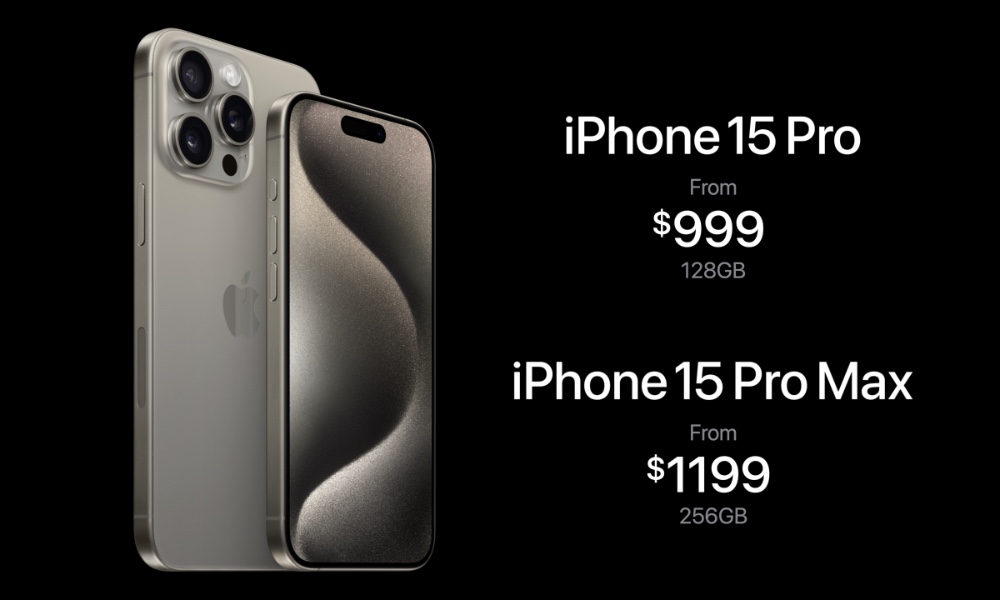
TrendForce’s predictions run contrary to several other recent opinions, which have said that price hikes this year could run from effectively zero to perhaps 5 percent, or $50 for each model. Some have even suggested Apple could sort of reduce the price of the iPhone 17 Pro by dropping the 128 GB model, but also selling the 256 GB one for $50 less, giving it a $1,049 entry point.
The only thing everyone seems to agree on is that the standard iPhone 17 will not receive a price increase. As the most popular entry-level model, Apple presumably wants to avoid shaking things up too much and plans to keep it at $799. However, it also remains to be seen what will happen with the iPhone 15, iPhone 16, and iPhone 16e after Tuesday’s event. Apple traditionally keeps selling the previous two years’ standard iPhones at lower prices, but the recent iPhone 16e throws a curveball into the usual sales pitch.
Nevertheless, it’s the so-called “iPhone 17 Air” that remains the biggest wildcard here. It’s important to note that TrendForce’s predictions are just educated guesses by analysts, and don’t appear to be based on any concrete information coming from inside of Apple or its supply chain. The presumption of higher iPhone 17 Pro prices could be solely based on the notion that they need to make room for a higher-priced “iPhone 17 Air” in the mix.
Either way, we don’t have to wait long to find out. Apple is expected to unveil its entire iPhone 17 lineup on Tuesday, at which point it will also tell us how much we can expect to pay for this year’s models.
[The information provided in this article has NOT been confirmed by Apple and may be speculation. Provided details may not be factual. Take all rumors, tech or otherwise, with a grain of salt.]

